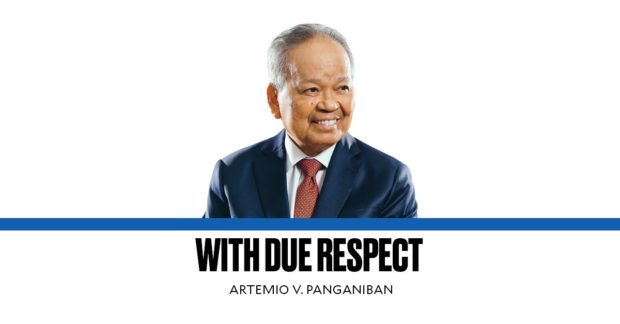An interesting continuation of last week’s column focuses on the intricate task of courts in reading and interpreting punctuation marks, words, phrases, and qualifiers in both the Constitution and laws. This process is far from easy or straightforward.
There are a total of 14 punctuation marks, including the period, question mark, exclamation point, comma, semicolon, colon, dash, hyphen, parentheses, brackets, braces, apostrophe, quotation marks, and ellipses. Generally, punctuation marks do not provide definitive indicators of intent, but they can support and reinforce interpretations.
An excerpt from the case of Agcaoili v. Suguitan (Feb. 13, 1926) sheds light on the difference between a semicolon and a comma, revealing that a semicolon emphasizes a greater degree of separation than a comma. It sets a stronger division between thoughts while maintaining the connection to the same subject matter. Therefore, a semicolon is not used to introduce new ideas, but rather to enhance the clarity of sentence divisions. The punctuation used in legal texts can be consulted to determine the true meaning of ambiguous statutes.
Now, let’s examine how the Supreme Court interprets certain keywords. In the case of Romulo v. Home Development Mutual Fund (June 19, 2000), the Court determined that the word “and/or” should be understood as “either and or.” For instance, the phrase “butter and/or eggs” means either butter and eggs or butter or eggs. The legislature’s intention is to allow the interchangeability of the words “and” and “or” in such cases.
Traditionally, the word “shall” indicates a mandatory requirement, while “may” suggests permissiveness. However, the Court sometimes interprets “shall” as permissive depending on the context. In the case of Marcelino v. Cruz (March 18, 1983), the provision regarding the maximum period to decide a case was construed as permissive due to its procedural nature.
La Bugal-B’laan v. Ramos (Dec. 14, 2004) is a landmark case that examined the use of the word “involving” in Article XII, Section 2 of the 1987 Constitution. The Court concluded that “involving” implies that agreements with foreign-owned corporations are not limited to only financial or technical assistance. By juxtaposing “agreements for technical or financial assistance” with “agreements including technical or financial assistance,” the Court determined that “involving” signifies inclusivity.
Regarding qualifying words, such as “restrict or modify,” they only apply to words or phrases immediately associated with them and not those located far away. For example, if an ordinance specifies that an environmental requirement does not apply to “motorbikes, cars, vans, and trucks under two tons,” the qualifier “under two tons” only pertains to trucks and not to motorbikes, cars, and vans.
The Constitution also clarifies that cases are decided by at least three members of a division, while matters are resolved by a majority of the division. A case can only be referred to the Court en banc if the required majority is not obtained. This rule was established in Fortich v. Corona (Aug. 19, 1999), where a motion for reconsideration failed to achieve the necessary majority and was deemed lost.
To gain a more comprehensive understanding of the rules of construction, individuals may consider studying law and immersing themselves in the captivating world of lawyers. With dedication and expertise, they may even contribute to shaping new rules of interpretation or modifying existing ones. Feel free to share your thoughts with Chief Justice Panganiban at [email protected].
Your subscription could not be saved. Please try again.
Your subscription has been successful.
Read Next
Don’t miss out on the latest news and information. Subscribe to INQUIRER PLUS to gain access to The Philippine Daily Inquirer and over 70 other titles. With this subscription, you can share up to 5 gadgets, listen to the news, download articles as early as 4 am, and share them on social media. Call 896 6000.
Denial of responsibility! VigourTimes is an automatic aggregator of Global media. In each content, the hyperlink to the primary source is specified. All trademarks belong to their rightful owners, and all materials to their authors. For any complaint, please reach us at – [email protected]. We will take necessary action within 24 hours.


